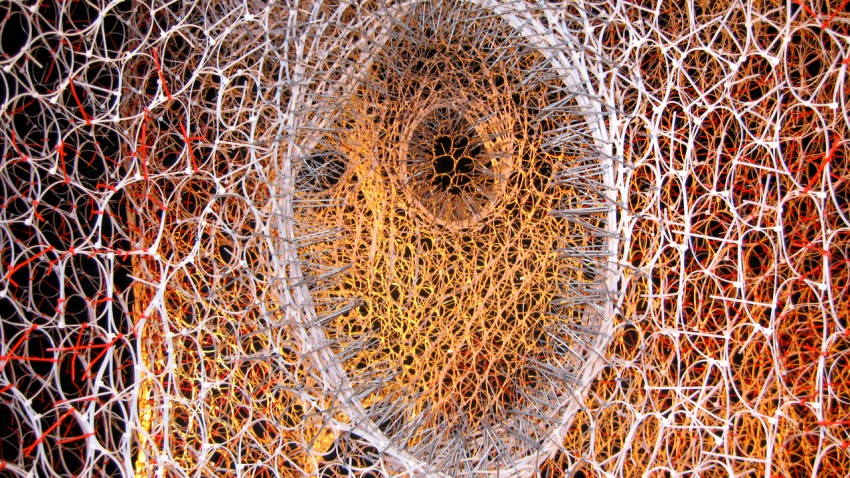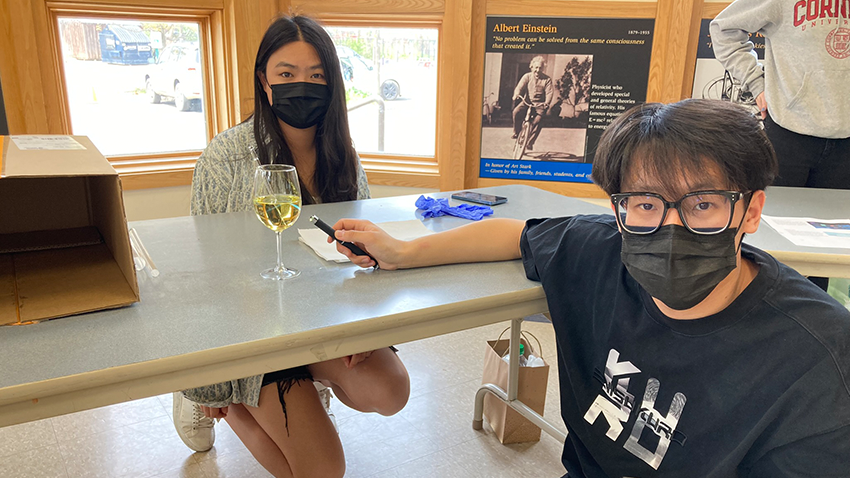Shapeshifters: Can buildings behave like organisms?
With a $3 million National Science Foundation grant, Cornell researchers are creating a new approach to architecture by learning how plants and animals form internal structures. Read more about Shapeshifters: Can buildings behave like organisms?




